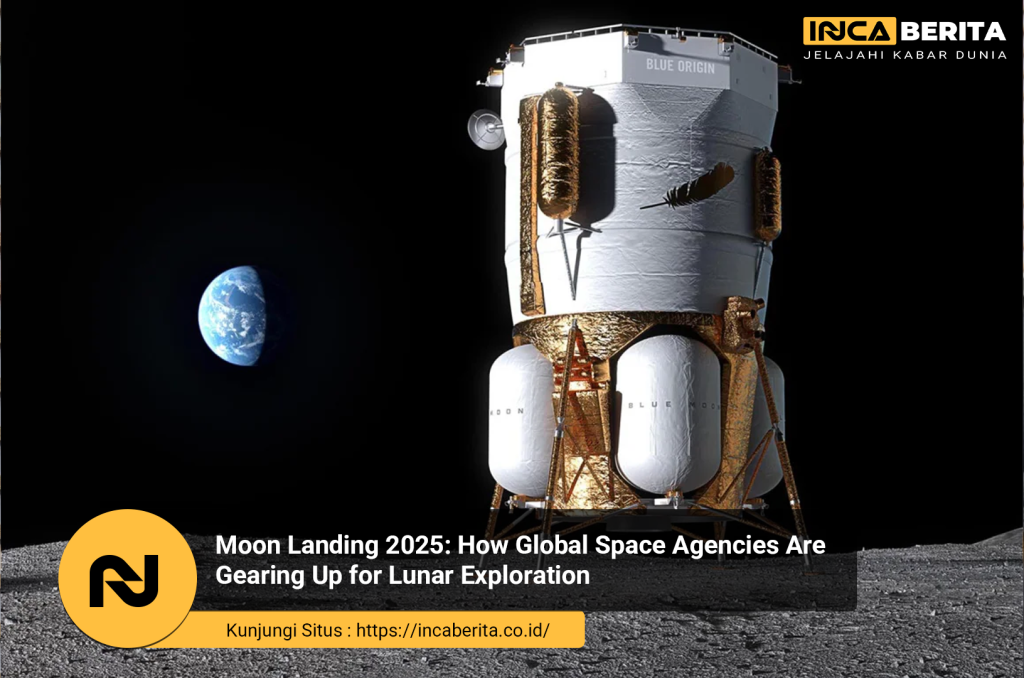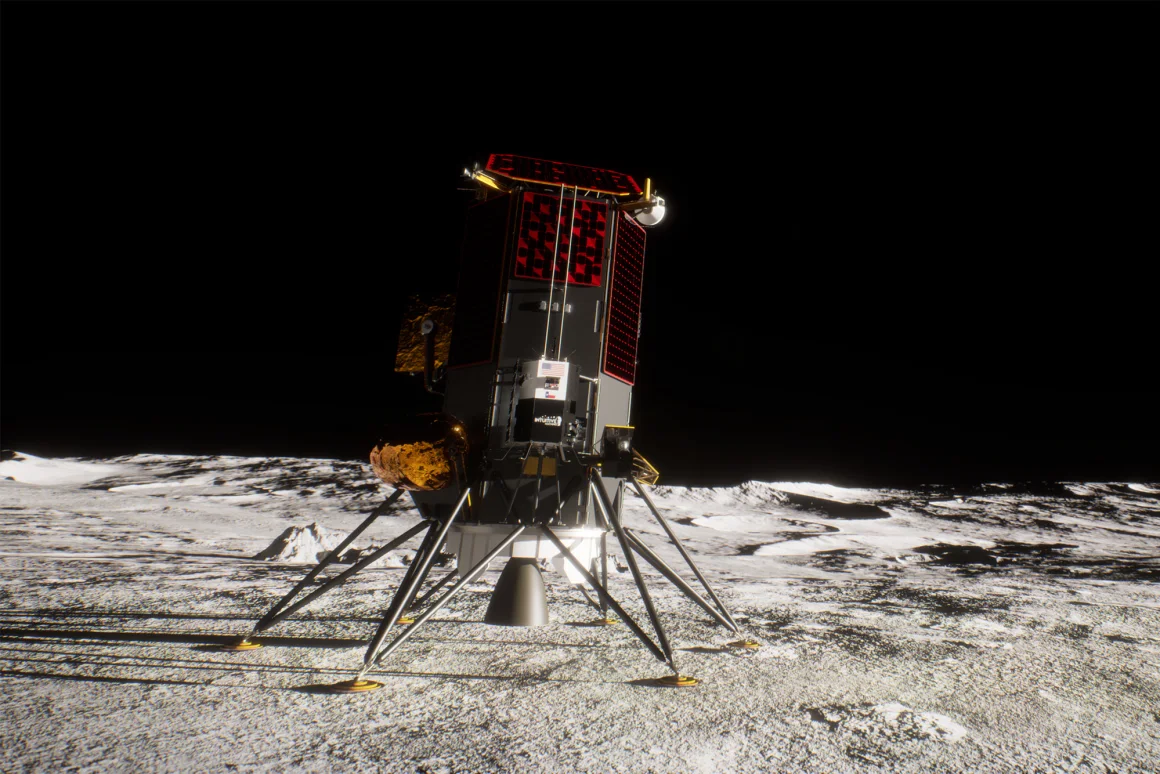Moon Landing 2025: Global Space Agencies Prepare for Lunar Exploration

The idea of space exploration has always fascinated me, but it wasn’t until I started diving deep into the future of lunar exploration that I realized how close we are to landing on the Moon again. The year 2025 is shaping up to be an exciting one for space enthusiasts, as multiple global space agencies are gearing up for lunar missions, marking the next chapter of human exploration beyond Earth. When I first heard about these upcoming missions, I couldn’t help but imagine what it would be like to stand on the Moon once again. It made me reflect on how far we’ve come since the first moon landing in 1969, and how the technology and goals of space agencies have evolved.
A New Era of Lunar Exploration

The 2025 moon landing isn’t just about planting a flag and taking a few photos, like the Apollo missions did in the 1960s and 70s. This time, space agencies like NASA, the European Space Agency (ESA), Roscosmos, and even private companies like SpaceX are looking to establish a sustainable human presence on the Moon. That means things like building permanent lunar habitats, developing the technology to mine resources, and creating the infrastructure to use the Moon as a launchpad for further space exploration – including missions to Mars.
I remember the first time I read about NASA’s Artemis program. The excitement I felt was electric! Artemis is NASA’s ambitious plan to return astronauts to the lunar surface, with a focus on landing the first woman and the next man on the Moon. While Apollo’s missions were about exploration and proving that we could do it, Artemis is all about creating a foundation for long-term space exploration. The goal is to have astronauts working on the Moon regularly, using the lunar surface to test technologies that will be used for deeper space missions.
The cool part? It’s not just the U.S. leading the way. Other space agencies are working on their own missions that will be happening around the same time. For example, the ESA’s Lunar Gateway, a space station that will orbit the Moon, will serve as a staging point for astronauts before they land on the surface. This collaboration is a huge shift compared to the space race days of the Cold War. Now, it feels more like teamwork for a common goal.
SpaceX and the Role of Private Companies
I’ve always had a soft spot for SpaceX. Their advancements in space technology have changed the game, and I’m sure they’ll play a massive role in the 2025 lunar missions. In fact, SpaceX is already gearing up to be one of the key players in the Artemis program. Their Starship vehicle, which has been in the works for years, will be used to land astronauts on the Moon. What’s even more mind-blowing is the plan to use Starship for a variety of purposes, not just landing astronauts. SpaceX’s vision is to create reusable spacecraft that can transport humans to the Moon, Mars, and beyond.
The idea of private companies like SpaceX being directly involved in something as massive as lunar exploration was unheard of just a decade ago. But now, they’re not just supplementing space agencies; they’re leading the charge. Watching SpaceX’s rockets launch with such precision, it feels like we are living in the future I read about as a kid. The thought that we could be sitting in a SpaceX capsule on our way to the Moon is both thrilling and slightly terrifying at the same time.
The Challenges of Lunar Exploration
While the excitement around the upcoming missions is palpable, there are some serious challenges that come with trying to explore and settle on the Moon. The first hurdle is the Moon’s environment. It’s a hostile place, with extreme temperatures, radiation, and lack of atmosphere. For instance, temperatures can swing from -173°C at night to +127°C during the day. That’s a massive challenge for any technology or human mission.
And let’s not even get started on the dust. Lunar dust is incredibly fine and abrasive, and it can get into every little crack. Imagine trying to maintain delicate machinery or space suits with all that dust floating around. Plus, it’s not just about the technology; humans themselves will have to adapt to long-term stays on the Moon. We don’t fully understand how living in low gravity and isolated conditions will affect the human body over extended periods.
Despite these challenges, the global space agencies are making headway in developing the technology and strategies needed to tackle them. NASA is working on specialized suits and rovers that can handle the extreme conditions. Meanwhile, the ESA and other international partners are developing technologies that will make lunar habitats sustainable.
Why Lunar Exploration Matters
In my mind, the Moon isn’t just a stepping stone; it’s a symbol of our potential. Landing on the Moon in 2025 could provide us with critical insights into space exploration and open the doors to deeper space missions. For one, having a permanent presence on the Moon would allow us to develop the technology we need for future missions to Mars, which is the ultimate goal for space exploration.
Think about it. By setting up shop on the Moon, we can learn how to create resources from lunar materials, like water ice, to sustain long-term missions. This could be the key to reducing the costs and risks associated with sending humans further into space. And who knows? The Moon could eventually become a hub for interplanetary travel, with stations for resupplying spacecraft, conducting research, and even sending supplies to Mars.
My Personal Takeaway
I don’t know about you, but when I think about the Moon landing in 2025, it feels like the beginning of something monumental. It’s hard to explain the excitement I feel about it, but it’s a reminder that we’re capable of so much more than we think. I grew up with all the cool space stories – from the first Moon landing to watching the Mars rover land – and it feels like we’re on the cusp of a new era. It’s not just about the technology or the politics of space; it’s about what it represents for humanity’s future. We’re taking the next giant leap forward, and I couldn’t be more excited to see where it takes us.
If you want to dive deeper into the future of space exploration, check out this Wikipedia article on Lunar Exploration. There’s a ton of interesting info about the history of moon landings, current missions, and the science behind it all. Honestly, as much as I’m personally excited, I can’t help but wonder what discoveries the next generation will make. It’s an exciting time to be alive, for sure!
NASA’s Artemis Program: Paving the Way for Lunar Exploration
NASA’s Artemis program is a pivotal initiative aimed at returning humans to the Moon and establishing a sustainable presence, serving as a stepping stone for future missions to Mars. The program is unfolding in multiple phases, each contributing to the overarching goal of lunar exploration.





